| Name | Gerta Pohorylle |
| Professional Name | Gerda Taro |
| Born | August 1, 1910 |
| Birthplace | Stuttgart, German Empire |
| Died | July 26, 1937 |
| Place of Death | Brunete, Madrid, Spanish Republic |
| Years Active | 1935–1937 |
| Employer | Alliance Photo |
| Partner | Robert Capa (1935–1937) |
| Parents | Heinrich Pohorylle (father), Gisela Boral (mother) |
| Resting Place | Cimetière du Père-Lachaise, Paris, France |
| Significance | First woman photojournalist to have died while covering the frontline in a war; companion and professional partner of Robert Capa, sharing the alias “Robert Capa” |
| Early Life | Born into a middle-class Jewish family in Germany; opposed the Nazi Party; arrested for distributing anti-Nazi propaganda; fled to Paris at age 23, separating from her family |
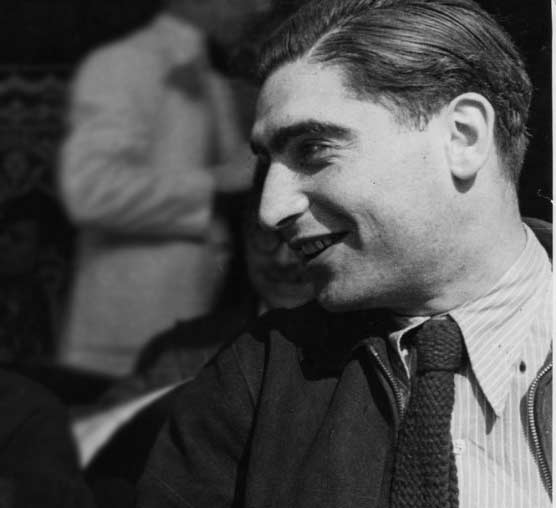

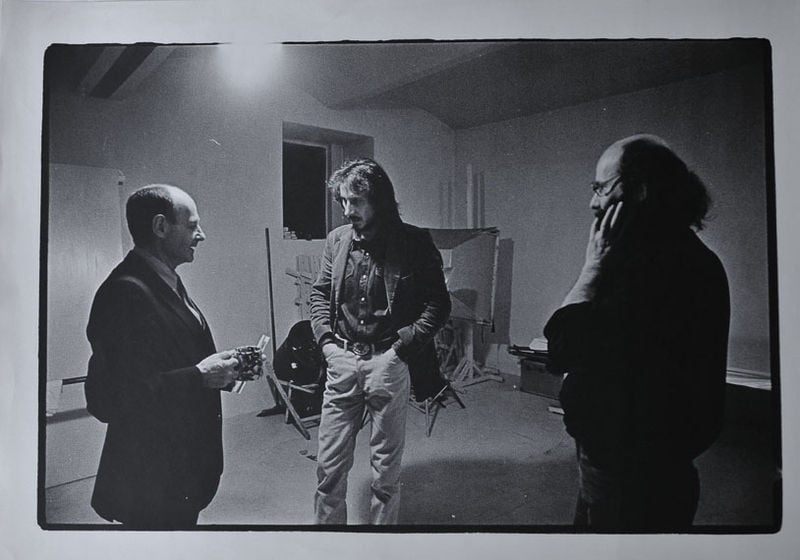

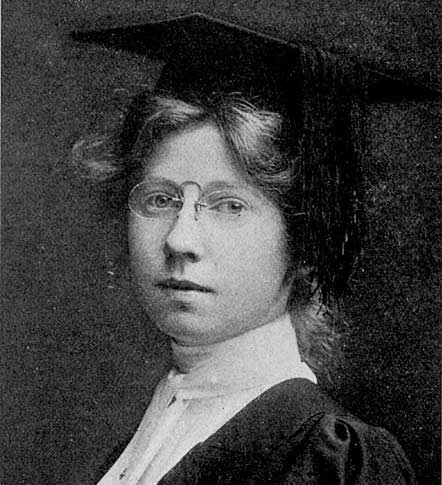
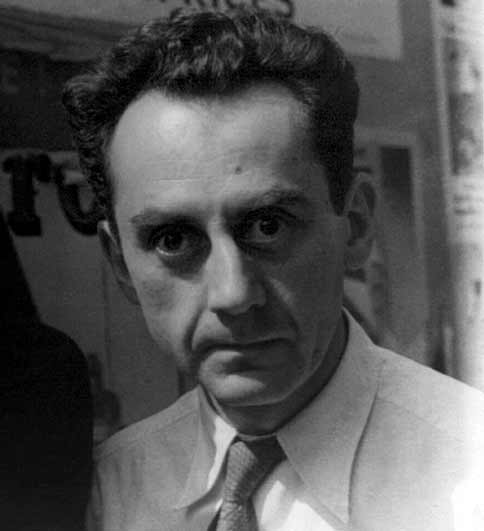
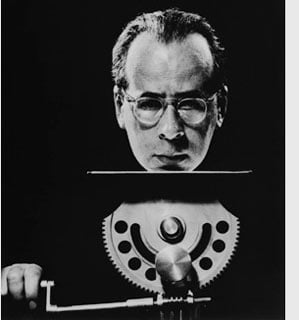
I read this post fully on the topic of the difference of newest
and preceding technologies, it’s awesome article.